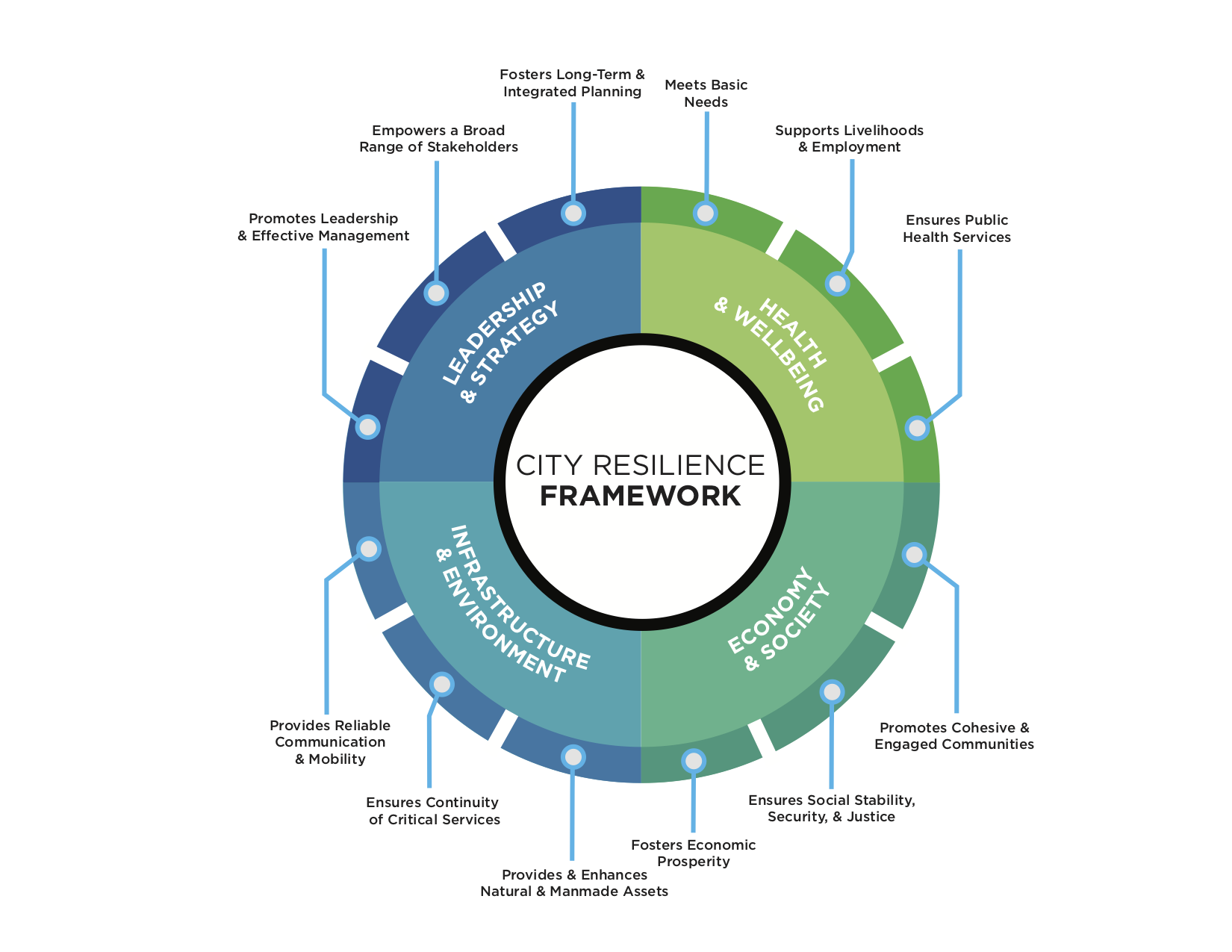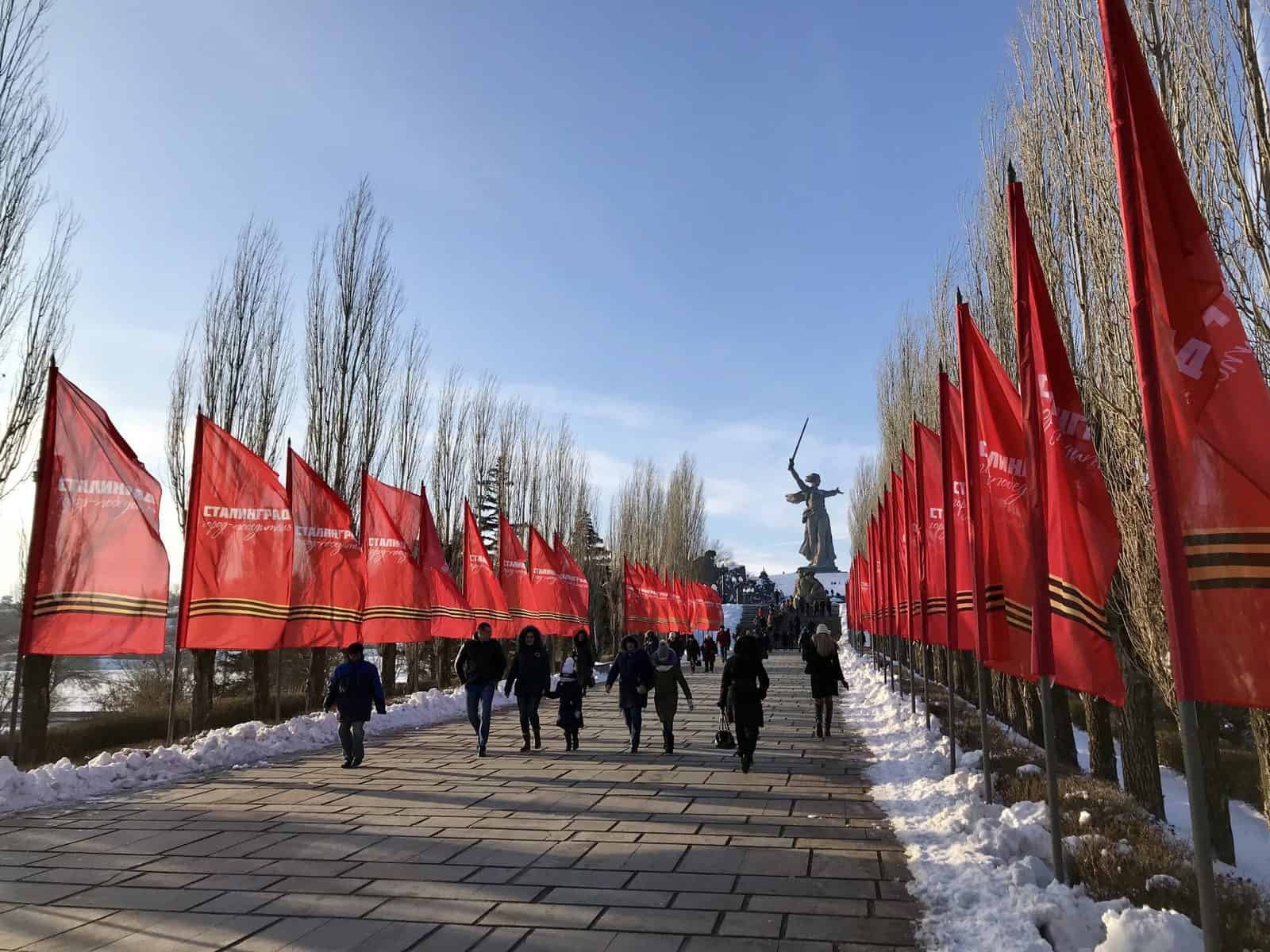NEW INFO | Discussing the latest information from various media and various fields
Discover Volgograd: A City Of Resilience And Historical Significance
Discover a city that has witnessed resilience, determination, and played a pivotal role in shaping history - Volgograd!

Building in the City Centre of Volgograd, Russia Editorial Photography - Source www.dreamstime.com
Editor's Notes: "Discover Volgograd: A City Of Resilience And Historical Significance" have published today date. Given the growing interest in exploring historical destinations, this piece covers everything a visitor needs to know about Volgograd, making it an essential guide for anyone seeking an immersive historical experience.
After extensive analysis, research, and compilation of key information, we have crafted this comprehensive guide to assist you in getting the most from your visit to Volgograd.
| Volgograd: A City Of Resilience And Historical Significance |
|---|
| Significant historical events such as Battle of Stalingrad |
| Home to Mamayev Kurgan, a symbolic memorial |
| Cultural attractions include museums, theaters, and art galleries |
| Resilient spirit of the city and its people |
FAQs
This comprehensive resource provides answers to commonly asked questions regarding Volgograd, a city renowned for its resilience and historical significance.

City Resilience Framework - Source www.rockefellerfoundation.org
Question 1: What are the notable historical events that occurred in Volgograd?
Volgograd was the site of the pivotal Battle of Stalingrad during World War II, a fierce and bloody conflict that marked a turning point in the war and is widely regarded as one of the most significant battles in human history.
Question 2: What is Volgograd's cultural significance?
Volgograd is a cultural hub with numerous museums, theaters, and art galleries. The city is particularly renowned for the Mamayev Kurgan Memorial Complex, a poignant testament to the resilience and sacrifice of the Soviet people during the Battle of Stalingrad.
Question 3: What are the key industries that drive Volgograd's economy?
Volgograd's economy is primarily driven by heavy industry, including shipbuilding, steel manufacturing, and oil refining. The city's strategic location on the Volga River also makes it a major transportation hub.
Question 4: What are the most significant landmarks to visit in Volgograd?
Volgograd boasts a wealth of historical and cultural landmarks. Visitors should prioritize the Mamayev Kurgan Memorial Complex, the Museum of the Volgograd Defense, and the Volga-Don Shipping Canal, the largest shipping canal in Europe.
Question 5: How accessible is Volgograd for tourists?
Volgograd is well-connected by air, rail, and road. The city has an international airport and is a major stop on the Trans-Siberian Railway. English-language services are widely available throughout the city, making it accessible to international visitors.
Question 6: What safety precautions should be taken when visiting Volgograd?
Volgograd is a generally safe city, but it is always advisable to take basic safety precautions, such as being aware of one's surroundings, avoiding isolated areas at night, and securing personal belongings.
In conclusion, Volgograd is a fascinating and complex city that offers a rich tapestry of history, culture, and resilience. By understanding the answers to these FAQs, travelers can plan a fulfilling and memorable experience.
Now, let us delve deeper into the city's alluring attractions.
Tips
Gain invaluable knowledge and historical insights on Volgograd, also known as Stalingrad, the city that emerged from adversity and devastation during World War II. Discover Volgograd: A City Of Resilience And Historical Significance to enhance your understanding of this extraordinary place.
Tip 1: Visit the Panorama Museum: Delve into the pivotal Battle of Stalingrad and witness its magnitude through the museum's captivating panoramic painting.
Tip 2: Explore the Mamayev Kurgan: Ascend to the hallowed grounds of this memorial complex, symbolized by the colossus statue "The Motherland Calls," honoring the valiant defenders of the city.
Tip 3: Trace the Historic Sites: Embark on a historical journey by visiting the ruins of the Pavlov's House, a symbol of the city's unwavering resistance, and other poignant wartime landmarks.
Tip 4: Attend a Cultural Performance: Immerse yourself in the city's vibrant cultural heritage by catching a performance at the Volgograd State Opera and Ballet Theater or the philharmonic hall.
Tip 5: Stroll Along the Embankment: Take a leisurely walk along the majestic Volga River embankment, offering picturesque views of the city skyline and the iconic suspension bridge.
Tip 6: Partake in Local Delicacies: Savor the authentic flavors of Volgograd's culinary scene by trying traditional dishes like "ukhta" fish soup and "zhigunovskoye" fish salad.
By implementing these tips, you will gain a profound understanding of Volgograd's historical significance, resilient spirit, and cultural tapestry.
Discover Volgograd: A City Of Resilience And Historical Significance
Volgograd, a city in southern Russia, stands as a testament to human resilience and historical significance. Its journey has been marked by both triumph and tragedy, shaping its identity and leaving an indelible mark on the world stage.

Urban Resilience + 100 Resilient Cities Partnership | Resilient Chicago - Source resilient.chicago.gov
- City of Resilience: Volgograd has faced adversity with unwavering determination, enduring countless challenges and emerging stronger.
- Historical Significance: The city has been the site of pivotal battles, including the infamous Battle of Stalingrad, a turning point in World War II.
- Cultural Heritage: Volgograd boasts a rich tapestry of museums, monuments, and cultural institutions that preserve its past.
- Architectural Heritage: The city showcases a blend of architectural styles, from historic landmarks to modern masterpieces, reflecting its diverse history.
- Industrial Hub: Volgograd is a major industrial center, with a thriving economy driven by heavy machinery production, metalworking, and energy.
- Cultural Center: Volgograd is a vibrant hub of arts, culture, and education, featuring theaters, universities, and numerous cultural events.
Volgograd's resilience and historical significance are intertwined. Its past battles have forged a spirit of unity and strength among its people. The city's monuments and cultural institutions serve as reminders of its sacrifices and triumphs. Today, Volgograd continues to thrive, embracing its industrial heritage while fostering cultural growth. It stands as a beacon of resilience, a testament to the human spirit's ability to overcome adversity and create a vibrant future.

YuKnoWatt - Resilience (Feat. Julie Trouvé) (Discover) • Electrozombies - Source electrozombies.com
Discover Volgograd: A City Of Resilience And Historical Significance
Volgograd, formerly known as Stalingrad, is a city located in southern Russia, situated on the banks of the Volga River. It is the administrative center of Volgograd Oblast and is known for its rich history and resilience, which has been shaped by various events throughout its existence. One of the most notable aspects of Volgograd is its historical significance, particularly its role during the Battle of Stalingrad, a pivotal event in World War II.

Volgograd Greeters: Free walking tour - mini group - Source internationalgreeter.org
The Battle of Stalingrad, which took place from 1942 to 1943, was a turning point in the war and marked a major defeat for the German army. The city itself was subjected to intense fighting and devastation, with much of its infrastructure and buildings reduced to ruins. Despite the overwhelming odds, the Soviet army and the people of Stalingrad displayed extraordinary courage and resilience, holding out against the German advance and eventually repelling the invasion.
The Battle of Stalingrad had a significant impact on the course of the war, boosting the morale of the Soviet Union and its allies and marking the beginning of the end for Nazi Germany. The city's resilience and the heroic efforts of its defenders have become a symbol of the indomitable spirit of the Soviet people.
Today, Volgograd stands as a testament to the resilience and historical significance of the city. Numerous monuments and memorials have been erected to commemorate the Battle of Stalingrad, including the iconic Mamayev Kurgan, a hilltop memorial complex that offers a panoramic view of the city.
Volgograd is a city that has endured many challenges throughout its history, but it has always emerged stronger. Its resilience and historical significance are a source of pride for its people and a reminder of the importance of standing up for what is right, even in the face of adversity.